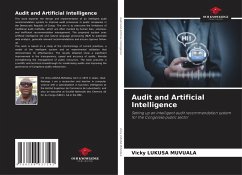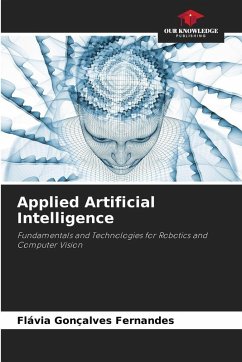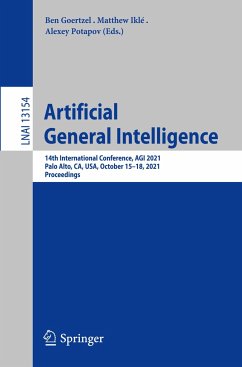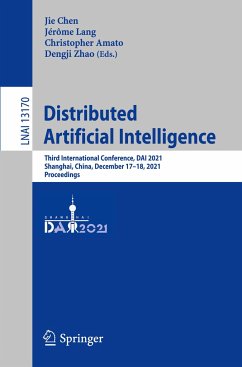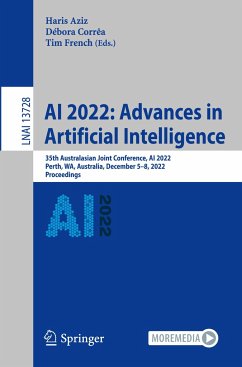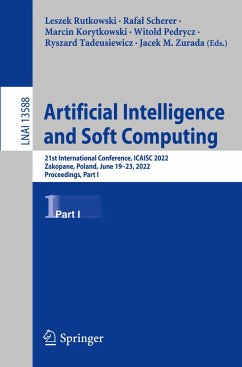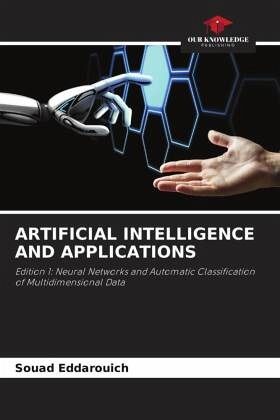
ARTIFICIAL INTELLIGENCE AND APPLICATIONS
Edition 1: Neural Networks and Automatic Classification of Multidimensional Data
Versandkostenfrei!
Versandfertig in 6-10 Tagen
40,99 €
inkl. MwSt.

PAYBACK Punkte
20 °P sammeln!
Recognition of our environment is essentially based on observation, analysis and classification. The elements of our environment are indeed classified by comparison with their similar in modes of hierarchical relational representations. This approach is relatively difficult to formalize, especially when placed in an unsupervised context. That is to say, when it comes to identifying the classes present in a sample from the only information that can be extracted from the objects to be classified. In general, objects are characterized by attributes which it is convenient to represent by points in...
Recognition of our environment is essentially based on observation, analysis and classification. The elements of our environment are indeed classified by comparison with their similar in modes of hierarchical relational representations. This approach is relatively difficult to formalize, especially when placed in an unsupervised context. That is to say, when it comes to identifying the classes present in a sample from the only information that can be extracted from the objects to be classified. In general, objects are characterized by attributes which it is convenient to represent by points in a multidimensional space. In this context, many classification methods have been developed. Some of them are based on concepts of distances, while others refer to statistical notions where explicit reference is made to the probability density function (pdf) underlying the distribution of data at to classify.




